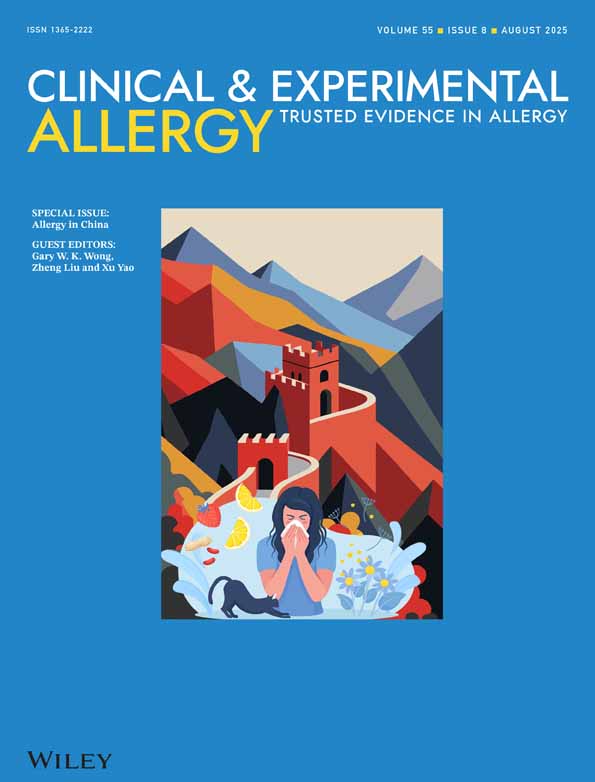Comparison of the ISAAC video questionnaire (AVQ 3.0) with the ISAAC written questionnaire for estimating asthma associated with bronchial hyperreactivity
Summary
Background A standardized protocol is essential for international comparisons of asthma prevalence and severity. The International Study of Asthma and Allergies in Childhood (ISAAC) used a standardized written questionnaire (WQ) and a video questionnaire (AVQ3.0) to survey the prevalence and severity of asthma in 13–14-year-old schoolchildren in different countries.
Objective To compare the effectiveness of WQ and AVQ3.0 in predicting bronchial hyperresponsiveness (BHR), defined as having a provocation dose of inhaled methacholine causing a 20% fall in baseline FEV1 of 7.8μmol.
Methods One hundred and eighty-nine Chinese schoolchildren completed a written questionnaire followed by a video questionnaire on asthma symptoms. They then underwent bronchial challenge to methacholine.
Results Fair correlations were seen between the first two corresponding questions (moderate wheezing at rest and exercise wheeze) in the two questionnaires with Kapper indices of 0.44 and 0.43, respectively. The ability to predict BHR, as indicated by the Youden's index, was similar between the corresponding questions of the two questionnaires, except for ‘severe wheeze’ which had a significantly higher Youden's index in AVQ3.0 (0.44) than the corresponding question in WQ (0.11, P<0.05).
Conclusion The ISAAC International video questionnaire is at least as effective as the ISAAC written questionnaire in predicting BHR. It therefore provides a simple and valid tool for international comparisons of asthma prevalence and severity.




